Readers Question: What happens when the government subsidizes a product?
A subsidy means the government pays part of the cost. For example, the government may give farmers a subsidy of £10 for every kilo of potatoes. The effect is to shift the supply curve to the right, leading to lower price and higher quantity demanded
Diagram of Subsidy
- In this case, the government is giving a subsidy of £14 (30-16). The subsidy shifts the supply curve to the right.
- It leads to a lower market price. Price falls from £30 to £22.
- Quantity demand increases from 100 to 140
Cost of subsidy
The government will have to pay for the subsidy by taxes.
The cost of the subsidy in this example is £14 x 140 = £1,960
Effect of subsidy depending on the elasticity of demand
- If demand is elastic, then a subsidy causes a bigger percentage rise in demand. There is only a small fall in price. In this case, producers benefit from the subsidy because their producer surplus increases more than consumer surplus
- If demand is price inelastic, then a subsidy causes a substantial fall in price, however there is only a small increase in demand.
Subsidy for good with positive externality
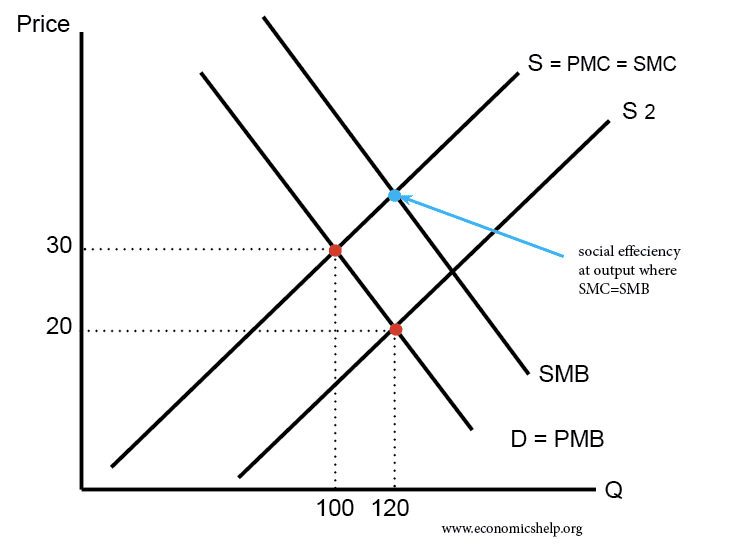
If people take a train rather than drive, it helps to reduce pollution and congestion. Therefore, in a free market, we tend to get under-consumption of public transport.
A government subsidy causes an increase in consumption and increases output to a more socially efficient level.
Disadvantages of government subsidies
- It would be expensive; the government would have to raise a significant amount of tax revenue.
- There is an argument that when government subsidises firms, it reduces incentives for firms to cut costs. For this reason, it is argued that a government should avoid subsidising firms unless there is a clear social benefit to subsidising firms. For example, a firm that develops environmentally friendly technology may be able to give society a net positive externality – and this could justify a government subsidy.
- Milton Friedman made the point “There is nothing so permanent as a temporary government program.” The point is that once a pressure group starts receiving a subsidy, it becomes very difficult politically to remove that subsidy. To get elected politicians need to promise to keep the subsidy, even though there is a net welfare loss. A good example is the temporary US agricultural subsidies introduced in the late 1920s and early 1930s, which have grown in cost and influence and proved very difficult to remove.
Farming subsidies
In the US and EU, the biggest government subsidies are given to farmers. This is not because agriculture gives positive externalities, but it has become an important political pressure group.
Subsidies often come indirectly.
- Through guaranteeing minimum prices (the government buys the surplus to maintain target price). In the above example, the government effectively subsidise farmers by buying the surplus. However, guaranteeing minimum prices influences supplier behaviour and it can lead to an increase in supply, as farmers are guaranteed to be able to sell to the government.
- Direct income payments. The EU has shifted to direct income payments where they pay farmers directly.
However, farming subsidies have led to an over-supply of food, higher prices for consumers and inefficiency.
Subsidies for declining industries
In 2009, the US government offered a large subsidy to the automobile industry. The logic for the subsidy was that
- The car industry was suffering from short-term problems – recession, credit crunch, over-supply.
- The hope was that the large subsidy would avoid large car firms going bankrupt – causing a rise in unemployment at a time when unemployment was already high.
- The subsidy would not be permanent but a one-off
- To a large extent, the subsidy was successful. Job losses were avoided, the industry was able to restructure and the government recovered a large percentage of its initial subsidy. But, the government also saved unemployment benefits and the cost of losing more jobs.
- Subsidy for US car industry
Related
- Subsidy of solar panels
- Agricultural subsidies

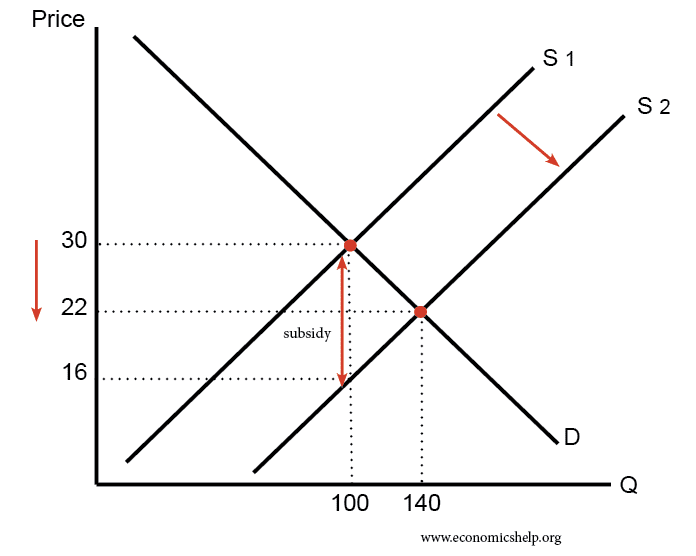
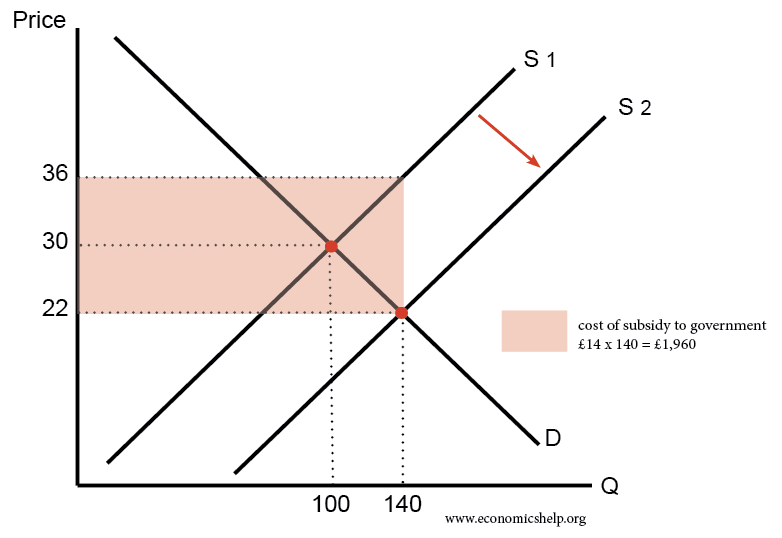
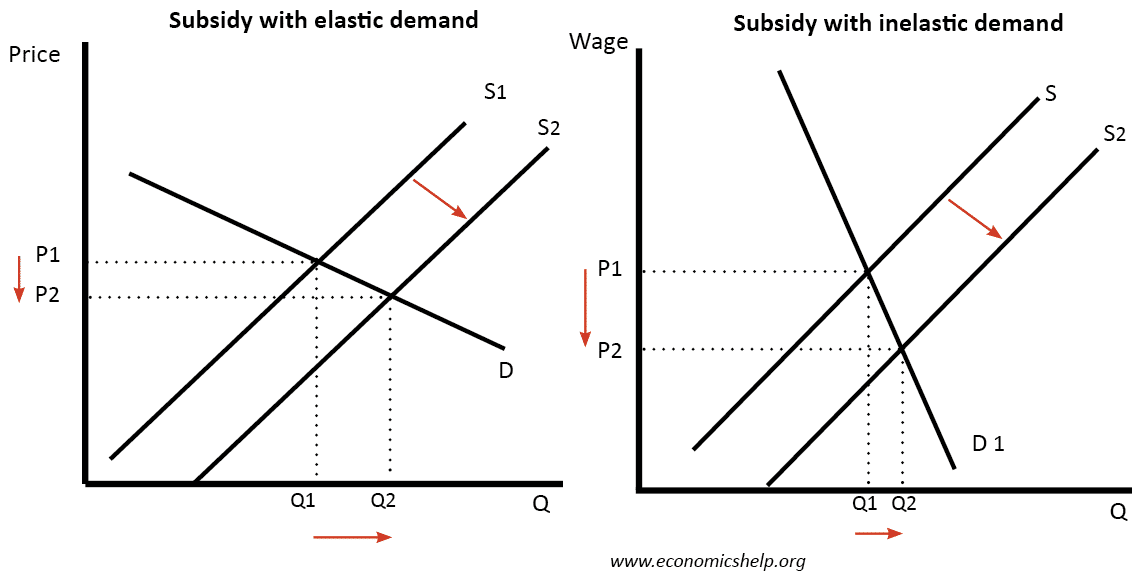
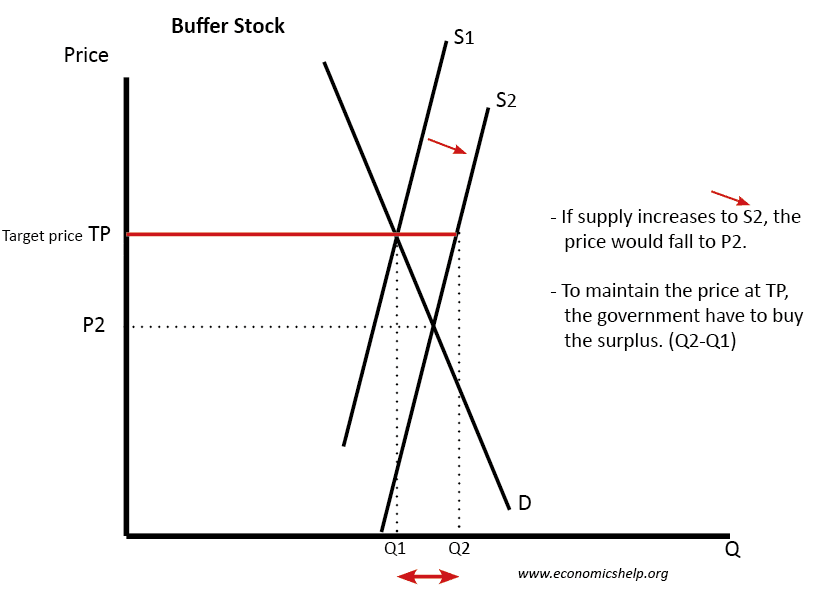
the explanation are short and clear but it will raise some problem in understanding to a person who had never come across with the topic before
i will like to know more about this subsidy of a thing
Emma, your English is poor. What exactly are you trying to say?